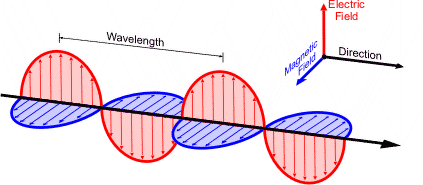Magical Realist
Valued Senior Member
How do photons carry heat thru space? What is the property of photons that enables them to do this? Do photons always carry heat?
A photon is a quantum concept, and heat is a classical concept. You can't mix them like this.How do photons carry heat thru space?
Light is simply energy. A hot object can give off light at all sorts of frequencies (it is IR in some reference frames and not others), cooling the emitting object. That light can warm an object that absorbs the light, so in effect transferring heat even though it isn't heat enroute.Does not heat travel in infrared waves?
In this case, light.What are these waves made of?

"Heat" is technically defined to be a transfer of energy between two objects or systems due to a temperature difference between them.How do photons carry heat thru space? What is the property of photons that enables them to do this? Do photons always carry heat?
Infrared light can be described as electromagnetic waves or as bundles of photons. Classical electromagnetic waves can transfer energy from one place to another, and so can photons, so either way they can cause heating when they are absorbed by something (and cooling when they are emitted from something).Does not heat travel in infrared waves?
In the classical picture, oscillating electric and magnetic fields. In the quantum picture, photons are excitations of the electromagnetic field.What are these waves made of?
